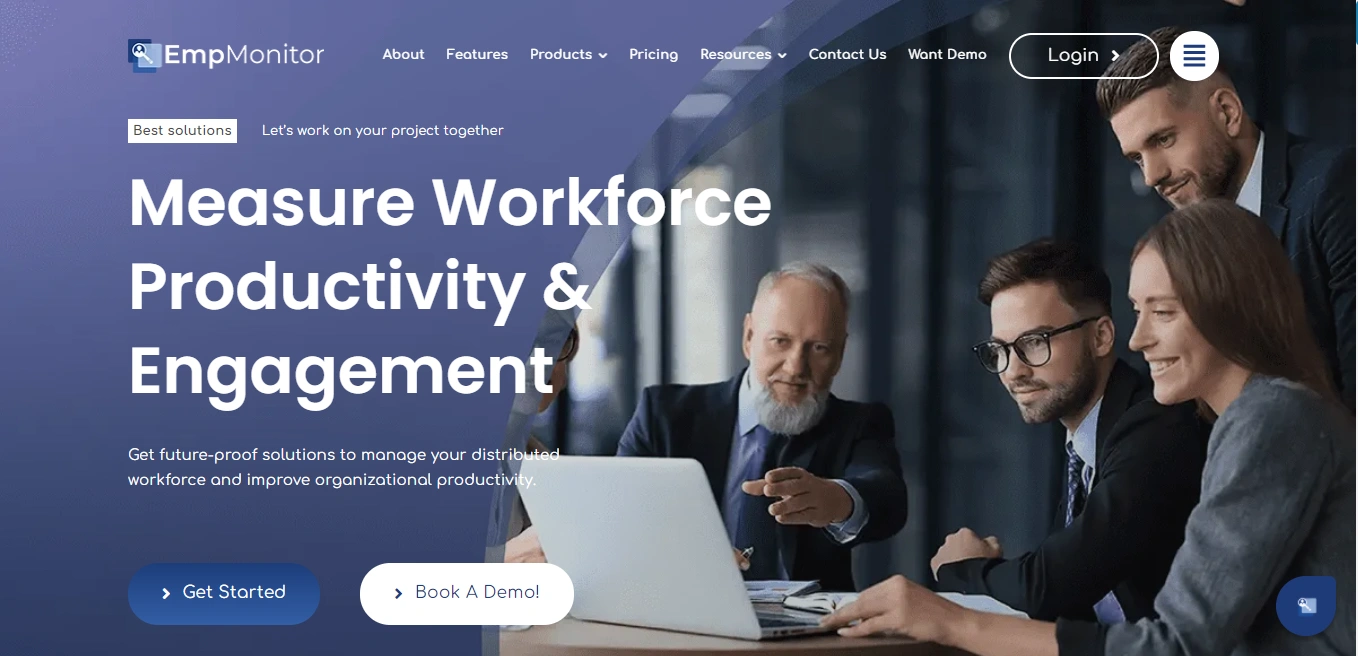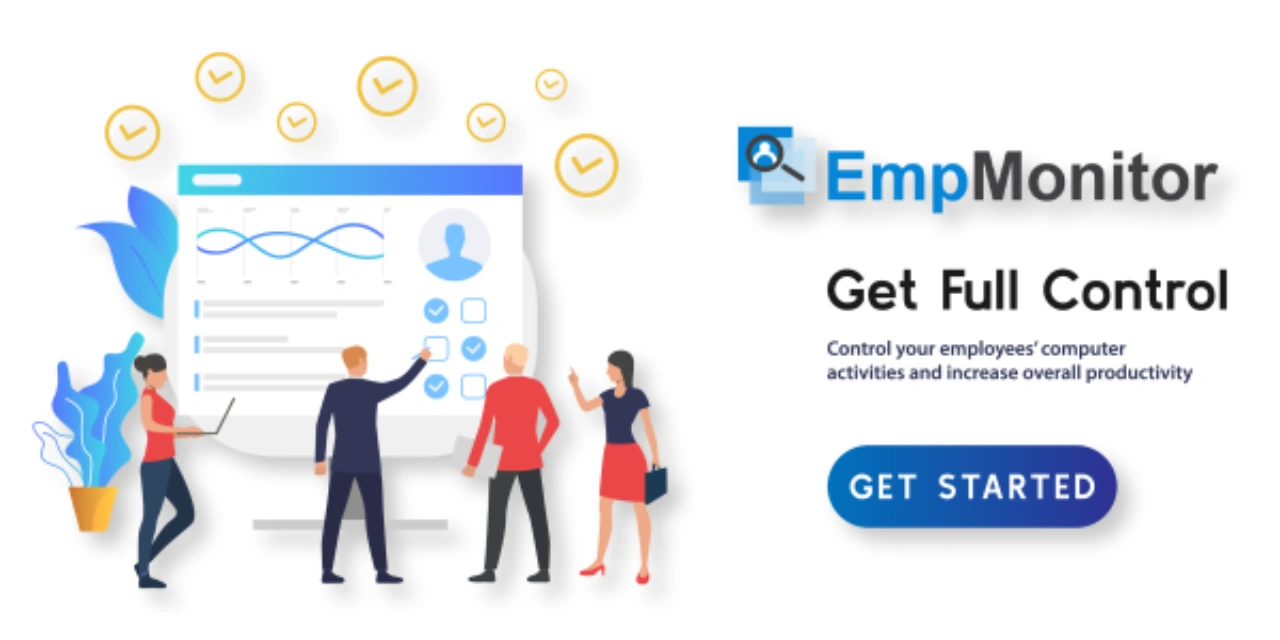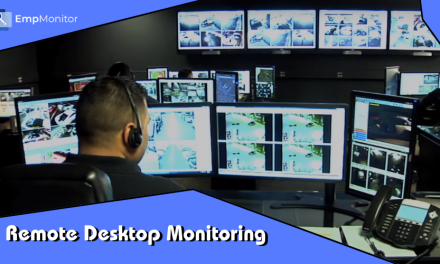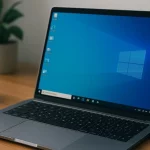Starting a new job often brings both excitement and a bit of nervousness. But when it’s remote, the challenge doubles. No in-person introductions, no spontaneous team lunches—just a laptop, a string of virtual meetings, and a flood of documents to get through.
Without a solid onboarding process, new workers onboard can feel lost, disconnected, and overwhelmed. And let’s be honest—first impressions matter. A clunky remote onboarding experience can lead to frustration, disengagement, and even early turnover.
So, how do you turn remote onboarding into a smooth and engaging process? It’s more than just paperwork and welcome emails. It’s about creating a structured, interactive, and people-first experience that makes new employees feel part of the team from day one.
In this guide, we’ll cover essential strategies to make remote onboarding seamless, efficient, and—most importantly—welcoming. Let’s get started!
Listen To The Podcast Now!
What Is Remote Onboarding? (And Why It’s More Than Just A Welcome Email!)

Imagine joining a new job where your only welcome is a cold email with login credentials. No introduction, no guidance, and no real human interaction. It feels isolating, right? That’s exactly what companies need to avoid when onboarding remote employees.
Instead, remote onboarding should be a structured, engaging, and interactive process that makes new hires feel:
- Connected – Even from a distance, they should feel like part of the team.
- Empowered – With the right resources and tools, they can start strong.
- Confident – Understanding company policies, values, and expectations from day one.
What Are The Challenges In Remote Onboarding?
While remote onboarding has its benefits, it also comes with unique challenges that companies must address.
Lack of Personal Connection
Without face-to-face interactions, new hires may feel isolated or disconnected from the team. Virtual meetings help, but they don’t always replace the casual office chats that build relationships.
Information Overload (or Lack of It!)
New employees either receive too much information at once or struggle to find what they need. Without a structured approach, they may feel overwhelmed or lost in endless PDFs and emails.
Technical Difficulties
From login issues to software unfamiliarity, remote employees often face technical roadblocks that slow down their onboarding process. Without a dedicated IT support system, these small hurdles can turn into big frustrations.
Cultural Integration is Harder
Company culture is easier to pick up in an office setting through daily interactions. Remote employees miss out on office traditions, inside jokes, and casual bonding moments, making them feel like outsiders.
Delayed Productivity
Without hands-on training or in-person guidance, remote employees may take longer to get up to speed. If they don’t know who to ask for help or where to find resources, productivity can suffer.
How To Create A Smooth & Engaging Remote Onboarding Process?

1. Start With Clear and Detailed Communication
First impressions matter, even in a virtual setting. Before your new hire begins their remote journey, send a personalized email or message detailing the first day’s schedule, key contacts, and any documents they may need. Make them feel confident by offering them a roadmap of their onboarding journey. This will avoid any confusion and provide clarity, ensuring they don’t feel overwhelmed when they log in.
Pro Tip: Create a welcome packet that includes an overview of the company culture, team structure, and any systems they’ll use.
2. Utilize Technology For Seamless Connectivity
With remote work, technology is key to ensuring smooth communication. Provide employees with the necessary tools and ensure they are familiar with the platforms they will be using. Tools like Zoom for meetings, and other tools fostering communication and project management are essential.
Pro Tip: Have a virtual onboarding checklist that includes setting up access to all tools, accounts, and platforms needed.
3. Foster Team Integration From The Start
No one wants to feel like the “new person” forever, especially in a remote environment. Facilitate introductions through team meetings, virtual coffee chats, or quick “get-to-know-you” sessions. This helps build rapport and lets your new employees feel like they are part of the team.
Pro Tip: Set up a buddy system where each new hire is paired with an experienced team member who can help guide them through their early days.
4. Provide A Structured Training Plan
A well-structured training plan is crucial for employee development, and integrating advanced workforce management tools like EmpMonitor takes it to the next level. By seamlessly tracking employees’ progress through training period, EmpMonitor provides valuable insights into performance gaps and areas needing additional support, enabling more targeted and efficient interventions. This integration ensures that every employee receives the guidance they need to succeed, optimizing training outcomes across the board.
Pro Tip: Use recorded training sessions so employees can revisit the material as needed. This also allows flexibility for those who are in different time zones.
5. Offer Regular Check-ins & Feedback
Just because your team is working remotely doesn’t mean they shouldn’t have regular feedback loops. Schedule periodic check-ins with your new employee to ensure they’re on track and feel supported. These touchpoints provide an opportunity to address any concerns early on.
Pro Tip: Make feedback a two-way street. Encourage new hires to provide feedback on their onboarding experience so that you can continuously improve the process.
6. Set Clear Expectations & Goals
One of the most important aspects of successful onboarding is establishing clear goals and expectations right from the start. Employees who know exactly what is expected of them will feel more empowered to succeed. Outline short-term goals for the first 30 days and longer-term goals as they progress.
Pro Tip: Use measurable objectives to track progress. This keeps the employee engaged and motivated while ensuring alignment with the team’s objectives.
7. Use Analytics to Improve Online Onboarding
To ensure continuous improvement of your remote onboarding process, use analytics to spot trends and optimize your onboarding strategy. EmpMonitor provides a comprehensive look at employee progress, capturing real-time data on their engagement, performance, and challenges during onboarding. This data is invaluable for improving your process and ensuring it’s always evolving to meet employee needs.
Pro Tip: Use employee surveys or tracking tools to gauge the effectiveness of your onboarding program.
EmpMonitor: The Ultimate Employee Management Software

-
Track Progress Effortlessly
With EmpMonitor, you can automatically track the completion of key onboarding tasks, ensuring new hires stay on track and don’t miss a step. This helps you identify potential bottlenecks and ensure everything is moving smoothly for a seamless onboarding experience.
-
Boost Engagement with Real-Time Analytics
The software provides live activity tracking, letting you see how engaged your new hires are with training materials and meetings. You can quickly identify when they need extra support, allowing you to step in before any issues arise, keeping morale high and progressing on track.
-
Gather Instant Feedback
EmpMonitor enables you to collect valuable feedback from new hires, helping you refine your onboarding process and make it more personalized and effective. This feedback can tailor the experience to each employee’s needs, improving overall satisfaction and engagement.
-
Data-Driven Improvement
Use EmpMonitor’s analytics to continuously improve your onboarding experience. Analyze productivity and engagement data to spot areas for improvement and optimize the journey for future hires. By leveraging this data, you can create a more efficient and welcoming onboarding process for each new team member.
Make your onboarding strategy a game-changer with EmpMonitor. This workforce productivity software ensures remote employees feel supported, engaged, and ready to conquer their roles from day one.
8. Create a Virtual Social Experience

Pro Tip: Consider using an internal social network, like Yammer or Slack channels, where employees can share personal opinions, milestones, hobbies, or even pet photos!
9. Stay Transparent About Company Culture
Understanding a company’s culture is essential for any new employee. Remote workers should be exposed to the company culture early on. Share resources, such as video tours, employee testimonials, or articles about the company’s values, so they can get a sense of the company’s ethos. Create an immersive visual guide using an onboarding video maker to weave in culture, values, and process walkthroughs; Synthesia enables realistic AI-driven narrative videos that can enhance remote orientation without being overly promotional.
Pro Tip: Have the leadership team share a video or message outlining the company’s mission, vision, and values. This can go a long way in making remote employees feel connected to the broader company mission.
10. Encourage Self-Directed Learning
While training sessions are important, remote employees should also have the opportunity to take initiative in their learning and growth. Offering access to a knowledge base or resources for self-paced learning can empower employees to grow their skills and become more self-sufficient.
Pro Tip: Provide access to learning platforms, such as LinkedIn Learning or Coursera, to encourage ongoing skill development.
11. Show Appreciation & Acknowledge Achievements

Pro Tip: Celebrate milestones, like the completion of the first project or a successful 30-day review, to reinforce their sense of accomplishment.
12. Offer Continuous Support
Onboarding doesn’t stop after the first week or even the first month. Offer continuous support through mentorship, regular check-ins, and open lines of communication. Employees should feel like they have ongoing support even after their official onboarding period ends.
Pro Tip: Keep the lines of communication open with a monthly check-in meeting to discuss progress, concerns, and goals.
13. Provide Mental Health & Well-being Support
Remote work can sometimes feel isolating, and new employees may struggle with adjusting to a fully virtual work environment. Prioritizing employee well-being by offering mental health resources, wellness programs, or simply encouraging breaks can make a huge difference.
Pro Tip: Introduce wellness initiatives like virtual meditation sessions, access to counseling services, or encouraging a healthy work-life balance with flexible hours.
14. Ensure IT & Security Compliance from Day One
A smooth onboarding process must also include proper IT setup and security compliance. Remote employees should receive clear guidelines on how to securely access company systems, use VPNs, and manage data protection. A seamless IT setup will prevent unnecessary disruptions in their workflow.
Pro Tip: Create a step-by-step IT guide for new hires and schedule a session with IT support to walk them through security best practices.
Also Read: –
7 Onboarding Best Practices That Can UpSkill The Employee Experience
A Comprehensive Employee Checklist For Successful Onboarding
All Things Considered
Remote onboarding doesn’t have to feel like a distant, disconnected process. By making it interactive, clear, and people-centric, you’ll create an experience that sets the stage for success. Add the power of EmpMonitor, and you’ll elevate your onboarding to new heights—tracking progress, boosting engagement, and refining the process with real-time insights. Remember, your new hires’ first experience shapes their journey with you, so make it smooth, welcoming, and effective. With the right approach and a carefully planned onboarding schedule, it can become an exciting start to a lasting, productive relationship!
FAQs: –
Q1: How can I track progress during remote onboarding?
Using workforce productivity software like EmpMonitor allows you to track new hires’ progress through training and onboarding tasks. It provides real-time analytics on engagement, performance, and areas for improvement, helping you support employees effectively.
Q2: How long is remote onboarding?
The length of remote onboarding can vary depending on the role and organization. On average, it lasts from one to four weeks. The key is to provide sufficient time for new hires to familiarize themselves with company culture, tools, training, and team dynamics.
Q3: How can I make remote onboarding fun?
To make remote onboarding fun, create engaging virtual experiences like team challenges, online games, or virtual happy hours. Encourage new hires to participate in informal chats and activities that help them bond with colleagues in a relaxed and enjoyable setting.









